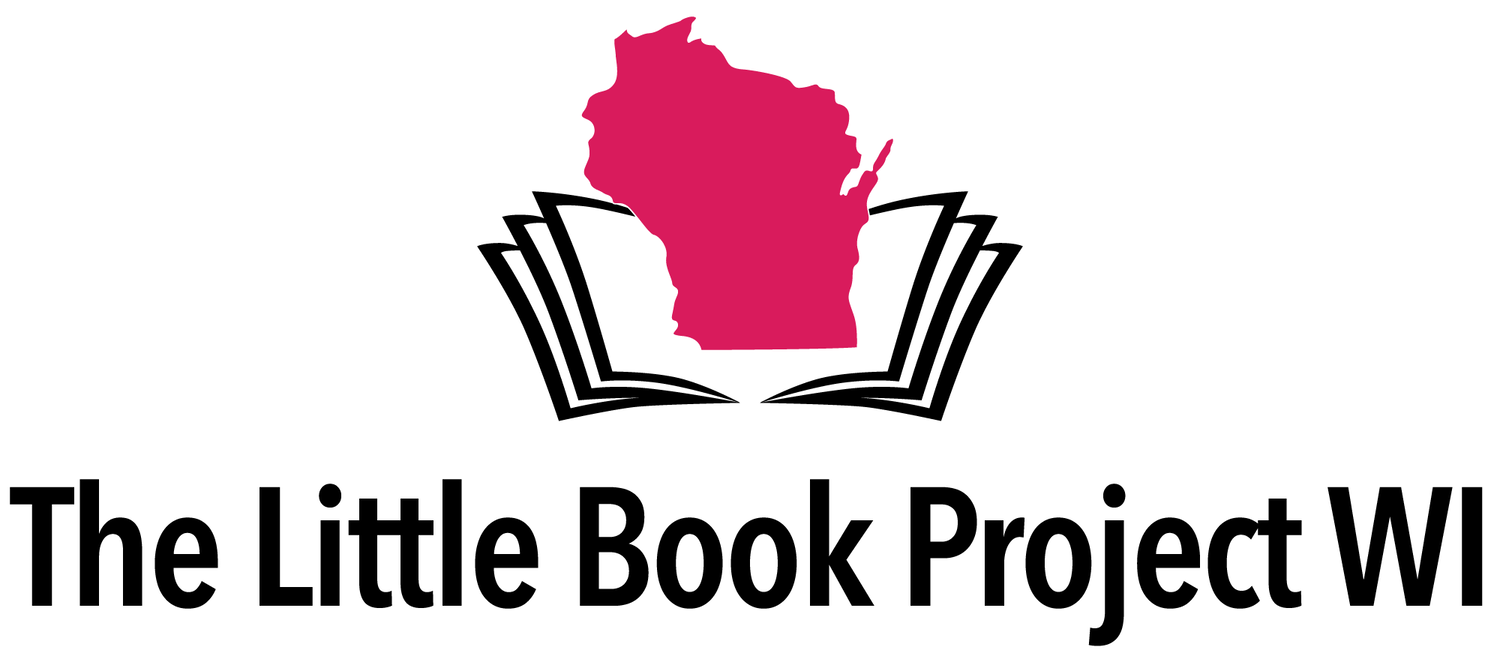Artist Profile: Emily Fritts
Emily Fritts was born in Beaver Dam and is currently based in Madison. Her art examines personal aspects of her life including an upbringing in poverty, trauma and navigating adolescence. Fritts works primarily by mixing media—incorporating imagery representative of memories—and using found objects in her compositions to create a sense of reality. She has shown artwork in exhibitions around the state in institutions such as the Trout Museum of Art in Appleton and next at the Racine Art Museum.
1) How do you define the word 'artist'?
I don’t believe there is one singular way to define what an artist is. However, I do feel that any person can identify as an artist. I believe that no matter their level of experience, how often they create, their accessibility to supplies, etc—a person can be an artist and no other person can tell them that they are not. Looking at art history, the practice of creating art and being supported as an artist has been highly inaccessible except for a very select few. Unfortunately, this is something we see today too. And it needs to be undone. It is essential that every person can create and be supported in their art. Artists are not one specific type of person. Artists come from all classes. Artists come from all cultures. Artists are all genders. Artists are all orientations. Artists are all ages. Artists are all races. Artists are all abilities. An artist is authentically true to themselves.
2) What fuels your creative expression? And how do you practice self-care as an artist?
I am driven by memories of my adolescence, along with an upbringing in poverty. In my pieces, I discuss realities for people that live in the lower class; more specifically, in the Midwest during the early 2000’s. The subjects I cover range from everyday happenings to more adverse consequences of capitalism. In my art, you will encounter ideas such as money and its relationship to food,;access to housing; health care availability; mental illness; public schooling; religious influences in society; crime; incarceration; and other related topics. As one could imagine, creating artworks about these themes can be extremely heavy. It’s not uncommon for me during my creative process to need to take breaks in order to breathe, think of something else or take a moment to journal about my emotions. For me, self-care often involves taking a step back when things get to be too much. It also means reaching out for help. Sometimes through friends and family; other times through support networks and professional assistance when it is available. I’ve also found that grounding methods such as the 54321 technique and box breathing have been very helpful.
3) What is your favorite medium to work with?
I can’t even begin to list off all the mediums I love to work with, so this question is exceptionally difficult for me. Three years ago, I likely would have said acrylic. Two years ago, paper collage. Currently I’m happy as a mixed media artist. So if I had to pick one thing, I suppose I’d say assemblage with found objects. Finding out I could use everyday material and objects in my artwork was a game changer for my art career. I wanted to go to college strictly for painting, yet now, I can’t even imagine that. Many of my compositions are accomplished by mixing media and found objects—almost like looking into a junk drawer as an assembled moment in time. By using physical objects, plus recognizable imagery and mementos that are easy for the viewers to project onto, I aim to relate audiences to the experiences of those living in poverty within the United States. I became inspired to create this way when I was learning about modern artists who played with found objects, readymades and other forms of collage in their work.
4) Share 2-3 artists you wish people were more aware of.
As a Madison local, I believe it is extremely important to uplift other local creatives. Madison has shown me so much love which makes me feel so valued, but also so angry. It makes me angry because there are so many other incredible artists in Madison who deserve respect and support, however have not been shown it. I believe that every artist in this community deserves to feel the love that I have felt. I would like to mention two incredible local artists that deserve endless support and attention.
These last few years I have been very inspired by Lilada Gee, who promotes love and joy, especially for Black girls. She is the founder of Defending Black Girlhood and has art displayed around Madison. Her works are so bright and colorful—radiating warmth and healing. Her work often aims to help Black girls who are victims of sexual abuse to heal and reclaim their minds, bodies and spirits. Everything she stands for is extremely important and valuable.
Recently, I also had the privilege of meeting Catrina Sparkman at the Black Women Artists Speak event held at Madison College South Campus. She is a local author as well as the artistic director of the Creator’s Cottage in Madison. When I asked how white local artists could better support their fellow Black artists, she suggested volunteering. The Creator’s Cottage is a maker’s space for writers and other artists to come and retreat, especially women of color. They are currently aiming to expand programming to make their space more accessible. This is an immensely important space that I hope will exist long into the future.
I cannot stress the importance of supporting local artists, and not just white and wealthy artists. I urge people to go to local events; speak one on one with artists; make connections; and share the love with every artist you meet.


